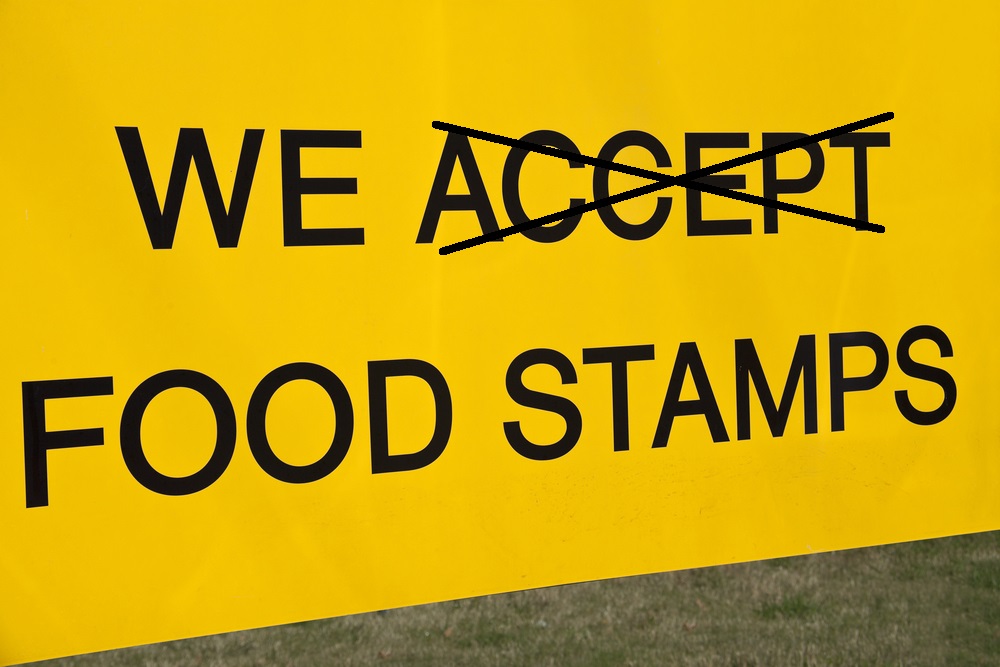The Trump administration announced plans Wednesday to slash the food stamp benefits of about 700,000 presumably able-bodied Americans by making it harder for states to get waivers that say those receiving them must work or attend vocational training programs.
Secretary of Agriculture Sonny Perdue said the new rule will move more and more able-bodied food stamp beneficiaries “toward self-sufficiency and into employment,” lessening the burden on taxpayers.
Republicans have been moving to cut these benefits for some time, attempting as recently as last year to impose stricter work requirements in the House before the Senate ultimately shot them down.
According to the U.S. Department of Agriculture, “able-bodied” adults between the ages of 18 to 50 have to meet the new requirements. The new rules don’t apply to people over 50 years old or anyone supporting a child under 18.
According to Bloomberg, the measure is the first of three from the Trump administration initiatives to cut down on the cost of food stamp benefits. Analysis last month from the Urban Institute estimates that the three measures together would cut benefits for 3.7 million Americans in the Supplemental Nutrition Assistance Program, otherwise known as SNAP, and previously as food stamps.
States can currently get waivers for work requirements if their unemployment rate is at least 20% higher than the national unemployment rate, which is currently at a 50-year-low of 3.5%, but that’s all about to change.
To meet the work requirement, able-bodied adults must work an average of 20 hours per week each month. The USDA said about 688,000 people will lose their food stamp benefits by 2021, rising to 709,000 by 2024 under the new requirements, cutting the money spent by $5.5 billion over five years.
States currently getting waivers must meet the new rule standards by April 1, 2020.
According to the USDA, about 36.4 million Americans are currently receiving some sort of SNAP benefits, though, program enrollment has declined as the economy has improved, down about 1.7 million people from 2018.
This isn’t the first time the Trump administration has sought to cut benefits and save taxpayers money. Keep scrolling down to read more on Money and Markets.




